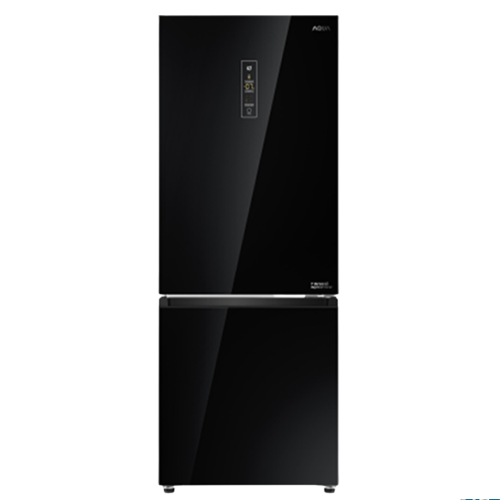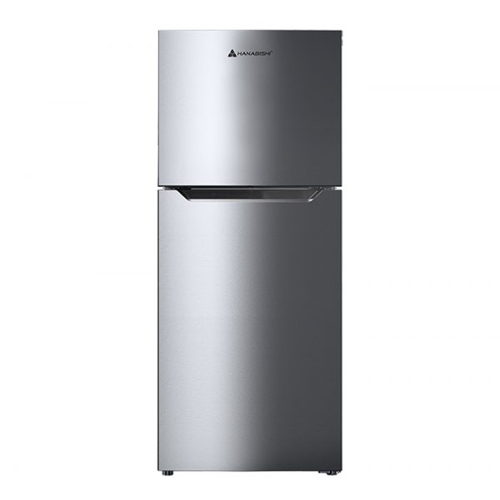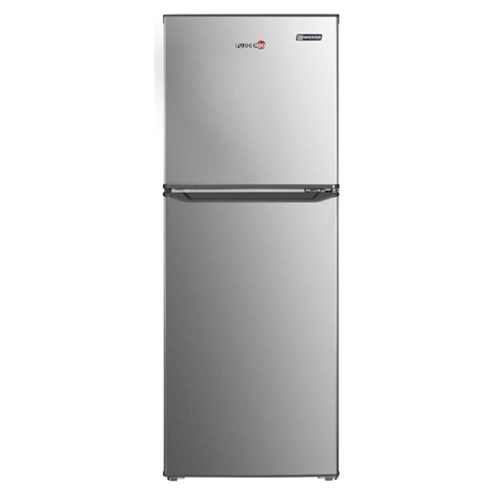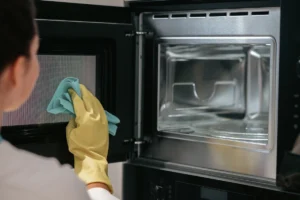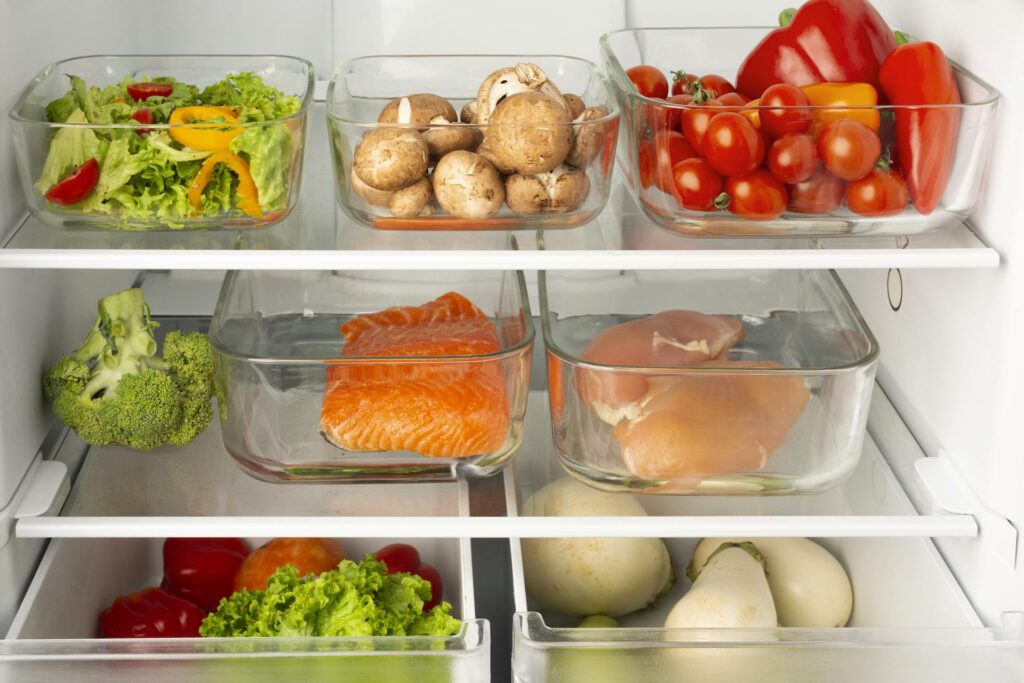
How to Minimize Grocery Trips with Freezer Meals
Thanks mainly to the popularity and growing number of posts by influencers on various social media platforms, freezer meals are steadily gaining popularity in the Philippines. And while it may have started as a fad for some, hardly anyone can deny the many benefits of cooking meals ahead of time and freezing them for later use.
For one, it can help save time since prepping is done all at once. For another, freezer meals can help stretch your grocery budget, as you can take advantage of bulk sales and discounts. Lastly, because you’re buying in bulk, you can shop for groceries less frequently. With the unending traffic, high gas prices, and long lines in the supermarket, minimizing your grocery trips can make your life less stressful and even help you save time and money.
Perhaps you’ve been looking for an effective strategy to make eating at home healthier, easier, and more economical while reducing your grocery runs. If so, why don’t you buy two door refrigerator with the huge freezer you’ve always wanted and start making freezer meals? Here’s how:
Prepare Your Supplies and Groceries
Preparing freezer meals requires proper planning. You need to prepare your supplies, like plastic wrap and freezer bags, and do your grocery shopping as close to your meal prep day as possible. That way, you’ll have fresher food and more flavorful meals to freeze.
Consider choosing recipes with overlapping ingredients, like caldereta and mechado, to avail of bulk deals and make your food prep more efficient. Don’t forget to make a detailed shopping list to save time and avoid extra trips to the market.
Blanch Veggies Before Freezing
When prepping vegetable ingredients, say for chopsuey, pinakbet, and similar dishes, be sure to blanch them before packing and freezing. Blanching can destroy disease-causing microorganisms and help maintain the veggies’ quality, color, and flavor longer.
While you can blanch the traditional way using boiling water, you may also want to consider microwave blanching. Aside from being more convenient, using a microwave oven speeds up the freezing process and preserves the food’s nutritional value better than the traditional blanching method. Remember to cool and remove any excess moisture from the blanched vegetables before placing them in resealable plastic bags for freezing.
Freeze Food in Manageable Portions
Instead of freezing meals in huge containers, consider dividing them into manageable serving portions according to your needs. By doing so, you can freeze and defrost your meals much faster, not to mention avoid food waste. For instance, you can freeze half-cup portions of spaghetti sauce so that you can simply thaw one or two bags in the refrigerator overnight rather than defrosting the whole batch just to get a tiny amount.
Below are other practical freezing tips for preserving the quality of your freezer meals and keeping them fresh for longer:
- When packing meat for freezing, wrap each serving portion tightly using plastic cling wrap before putting it in an airtight container or freezer bag. Doing this reduces the risk of freezer burn and its discoloration effects on meat.
- Make sure to squeeze as much air out as possible from the freezer bag before locking and freezing it, as air exposure can cause freezer burn and affect the quality and taste of the food.
- Freeze food immediately after prepping to deter bacterial growth.
Let Cooked Meals Cool Completely Before Freezing
If you’re freezing cooked meals, make sure to cool them completely before putting them in the freezer. Otherwise, there’s a chance that the warm food will cause the surrounding food items to thaw partially and then refreeze, thereby affecting their overall quality.
Do you want to expedite the cooling process? Here are several things you can do:
- Place the pot of hot food in a basin or sink filled with ice water and stir continuously.
- Divide the food into smaller portions or place them in shallow pans, then stir occasionally.
- For soups, broths, and other dishes with water as an ingredient, you can add ice cubes into the hot food directly since you can readily restore their flavor and consistency when you reheat them.
Don’t Forget to Label Everything
Label every storage bag before freezing. Write down the name of the food and date of preparation using a permanent marker for easy identification and to know whether the food is still safe for consumption. Consider creating and posting an inventory checklist on the freezer door as well, especially if you have quite a few items in stock. That way, you can save time and electricity, as you don’t have to dig through the contents of your freezer to know what meals you have ready. Remember to keep your inventory sheet updated as you use up and add to your collection of frozen dishes. This will also help you keep track of items that need to be consumed immediately.
Now that you know the basics of prepping freezer meals, consider pre-cooking and freezing one or two dishes this weekend to see if this method will reduce your grocery trips. Perhaps you can start by preparing your workday lunches ahead of time just to get a feel for how freezer meals might suit your lifestyle. Who knows? Maybe you’ll enjoy the convenience and other benefits that making freezer meals can offer and apply the technique to all your other home-cooked meals as well.
Related Products
- Sold Out17% Off
 [wc-ps tag="span"]Compare
[wc-ps tag="span"]Compare- 9.5 cu ft Capacity
- Magic Cooling 5 in 1 Conversion
- No Frost
- Twin-Inverter
- Adjustable Wire-shelves
- (2) Years Parts and Labor
- (12) Years Compressor
Original price was: ₱35,998.00.₱29,900.00Current price is: ₱29,900.00. - Sold Out6% Off
 [wc-ps tag="span"]Compare
[wc-ps tag="span"]Compare- 7.8cubic feet
- Inverter
- No Frost
- Double door refrigerator
- Mechanical Temperature Control
- Top mounted fridge
- Energy Saving
- Saves up to 40% electricity
- Adjustable footing
Original price was: ₱19,999.00.₱18,800.00Current price is: ₱18,800.00.Refrigerator Capacity : 6cu ft. - 8.9cu ft.Refrigerator Technology : No FrostOther Technology : Inverter - Sold Out26% Off
 [wc-ps tag="span"]Compare
[wc-ps tag="span"]Compare- Seamless InstaView Door-In-Door
- Linear Inverter Compressor
- Pocket Handle
- Internal Display
- Metal Fresh(Fridge / Freezer)
- Metal Décor(Shelf / Drawer)
Original price was: ₱132,995.00.₱98,500.00Current price is: ₱98,500.00.Refrigerator Capacity : 18cu ft. - Up to Maximum CapacityRefrigerator Technology : No FrostOther Technology : Inverter - Sold Out10% Off
 [wc-ps tag="span"]Compare
[wc-ps tag="span"]Compare- 10 cu.ft. HD Inverter 2-door No Frost Ref
- HD Inverter 2-Door No Frost Ref
- Energy Efficient Inverter Compressor
- R600a Refrigerant
- Smart Cooling Technology
- Independent Temperature Control
- Eco-LED light
- Reversible Door Design
Original price was: ₱21,498.00.₱19,413.00Current price is: ₱19,413.00.Refrigerator Capacity : 9cu ft. - 11.9cu ft.Refrigerator Technology : No FrostOther Technology : Inverter

